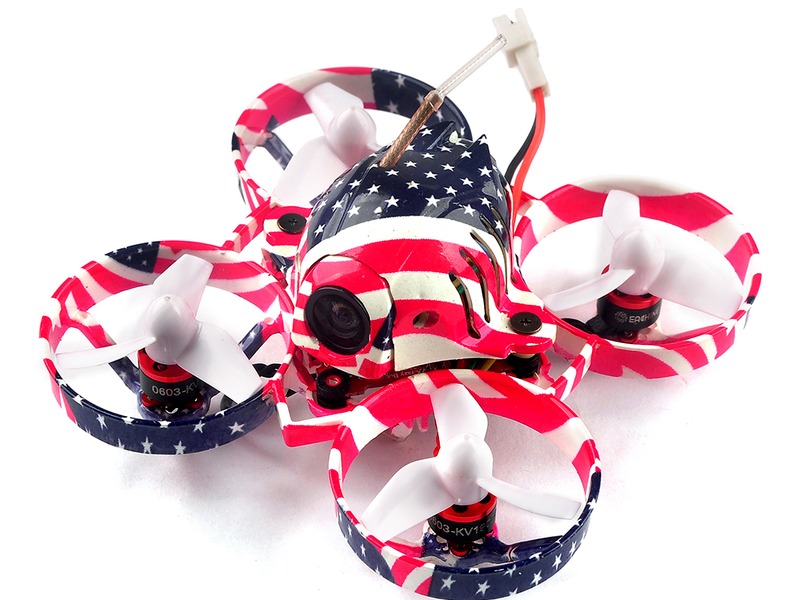What is the difference between racing and freestyle drone?

When it comes to drones, there are two main types: racing drones and freestyle drones. Both types of drones have their own unique features and capabilities, but they also have some major differences.
Racing drones are designed to be used in races. They are built to be lightweight, agile, and fast. Racing drones are usually equipped with powerful motors, high-end batteries, and advanced flight controllers to help them stay ahead of the competition. Racing drones are typically flown in a straight line and are controlled by a remote control.
Freestyle drones, on the other hand, are designed to be used for creative and artistic purposes. They are typically larger than racing drones and have more powerful motors, allowing them to perform stunts and tricks. Freestyle drones are also equipped with advanced sensors and cameras, allowing the operator to capture stunning aerial footage. Unlike racing drones, freestyle drones are usually flown in an open area and can be flown in any direction.
One of the biggest differences between racing and freestyle drones is the type of piloting required. Racing drones require a lot of skill and practice to master. They are designed to be flown in a straight line and require the pilot to have quick reflexes and precise control. Freestyle drones, on the other hand, require less skill and more creativity. The pilot can fly the drone in any direction and perform tricks and stunts.
Overall, racing and freestyle drones are both great types of drones. Each type of drone offers its own unique advantages, but they also have some major differences. Racing drones are designed to be flown in a straight line and require a lot of skill, while freestyle drones are designed to be flown in an open area and require more creativity.
Comments / Question
1. Racing drones are incredibly fast, allowing for a thrilling experience for racers.
2. Racing drones are highly maneuverable, allowing for quick turns and precise movements.
3. Racing drones are often customized with special features like upgraded motors, propellers, and cameras.
4. Racing drones can be used to participate in drone racing competitions, which can offer cash prizes and other rewards.
Disadvantages of Racing Drones:
1. Racing drones can be expensive to purchase and maintain, especially when attempting to compete at higher levels of drone racing.
2. Racing drones are usually smaller and less durable than freestyle drones, making them more susceptible to crashing and damage during intense races.
3. Racing drones require a lot of practice and technical know-how to be used effectively.
Advantages of Freestyle Drones:
1. Freestyle drones are often larger and stronger than racing drones, making them more durable and able to withstand crashes.
2. Freestyle drones are also usually equipped with more features than racing drones, such as GPS, obstacle avoidance, and image stabilization.
3. Freestyle drones are well suited for taking aerial photos and videos, making them a popular choice for aerial photography.
Disadvantages of Freestyle Drones:
1. Freestyle drones are often more expensive than racing drones, making them out of reach for some drone enthusiasts.
2. Freestyle drones are generally slower than racing drones, making them less suitable for competitive racing events.
3. Freestyle drones require a lot of setup and tuning before they can be used effectively, taking time away from the joy of flying.

